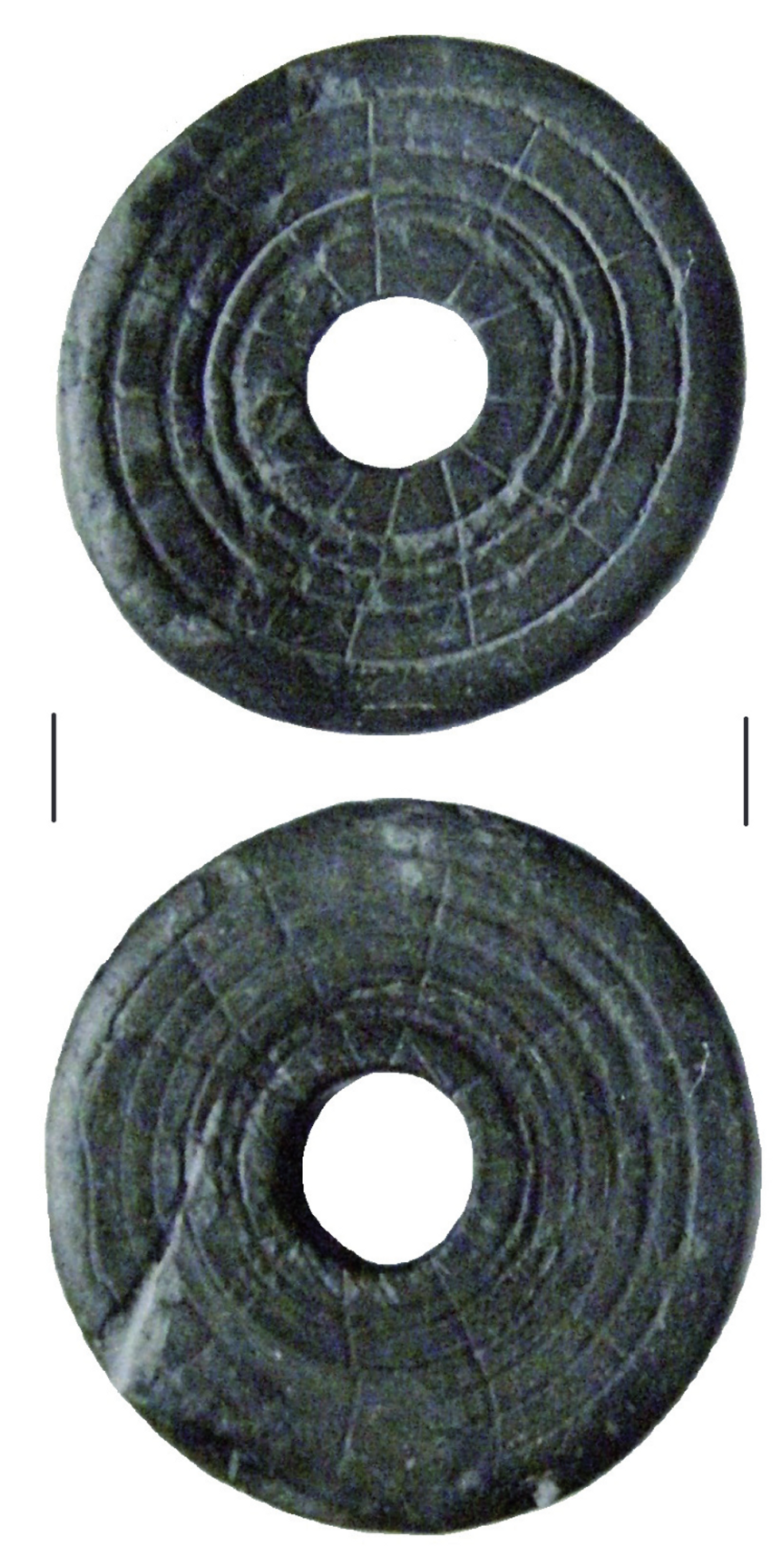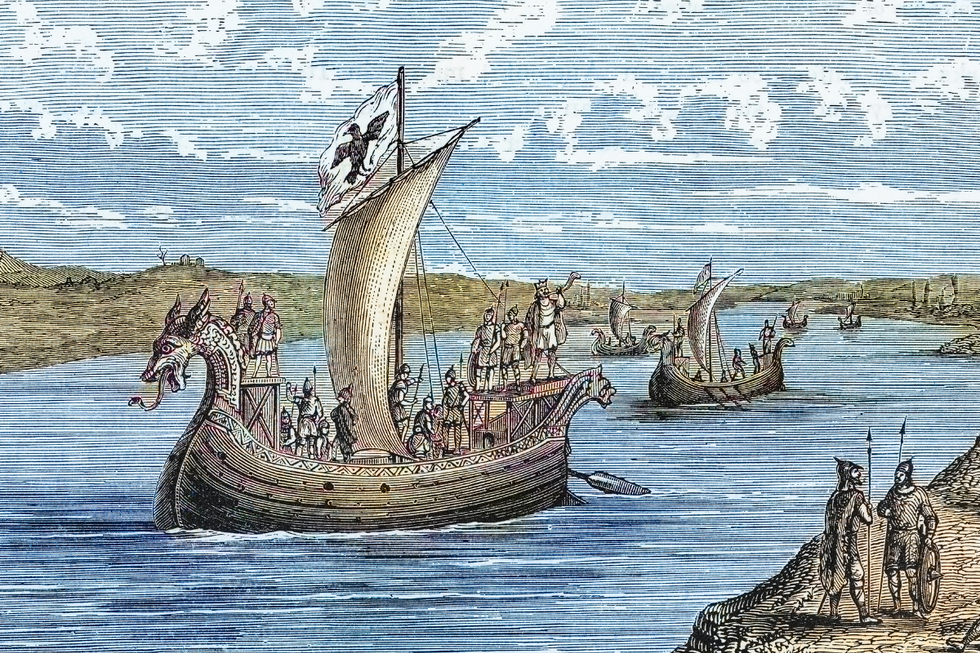Archaeology breakthrough as mysterious medieval stone discs found in Ukraine were used by Vikings as solar compasses to navigate the seas
The Vikings were known for their innovative nautical prowess
Don't Miss
Most Read
Mysterious medieval stone discs have been found in Ukraine which are believed to be used as solar compasses to navigate the sea by Vikings, according to the latest research.
The eight individual discs - composed of mineral pyrophyllite slate between the 12th and 13th century - are similar to wooden solar compasses that have been found across the wider continent.
Experts believe that the Vikings spread their ideas across groups beyond Scandinavia, supporting other communities to develop their navigation tools.
Polish journal Sprawozdania Archeologiczne has pointed out that the newly discovered discs include elements that allowed them to be used as solar compasses, sharing features with artefacts uncovered in Greenland and Poland as well.

The discs were found in Ukraine
|Sprawozdania Archeologiczne
At first, archaeologists were led to believe that the artefacts were deployed as calendars or used to sharpen other items or craft precious jewellery.
“These discs have been previously interpreted as various items, including calendars, craft tools such as needle sharpeners and polishing stones, as well as components of hand-operated bow drills,” the study revealed.
However, particular elements - including prominent engravings of rings and lines - made experts examine the objects more closely.
Further analysis revealed that the discs were crafted between the 12th and 13th century and three particular items were similar to other European compasses.
LATEST ARCHAEOLOGICAL FINDS:
“Through measurements and surface analysis, three stone discs exhibit similarities to the Viking sun compasses, with a limited number of examples found in Greenland and the Baltic Sea region,” the study’s authors identified.
The study has also noted that “the origin of the raw material” is suggestive of local manufacturing.
They added: “At the same time, the form and function may have been influenced by Scandinavian traders and sailors, aligning with the presence of these discs along rivers within the trade route ‘from the Varangians to the Greeks.'”
Experts have demanded that future studies and experiments must seek to determine whether the discs really had a “practical navigational purpose”.

The Vikings are quite often considered the pioneers of many innovative technological advancements, particular in areas of shipbuilding, as well as navigation
|GETTY
The Vikings are quite often considered the pioneers of many innovative technological advancements, particular in areas of shipbuilding, as well as navigation.
Their signature longboats are known for their streamlined, wooden shape, with shallow hulls, which support much faster travel than other ships used at that time.
However, their successful navigation was down to their meticulously crafted navigation tools - such as their sun compasses, which used calcite crystals - otherwise known as “sunstones” to mark the sun’s position in the sky beyond sunset or during cloudy days.
Consequently, Vikings were no strangers to long-distance journeys, allowing them to travel across four major continents.











